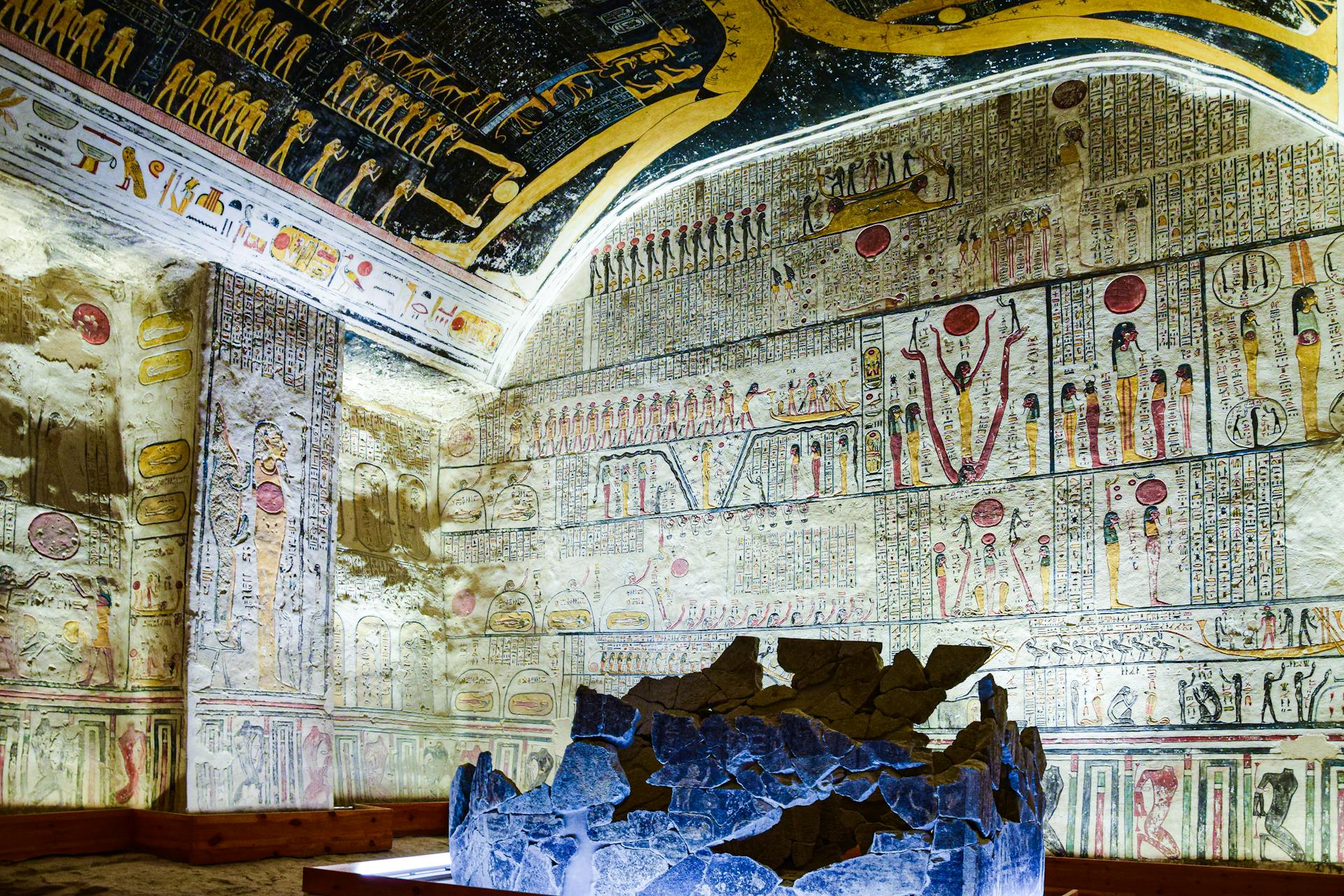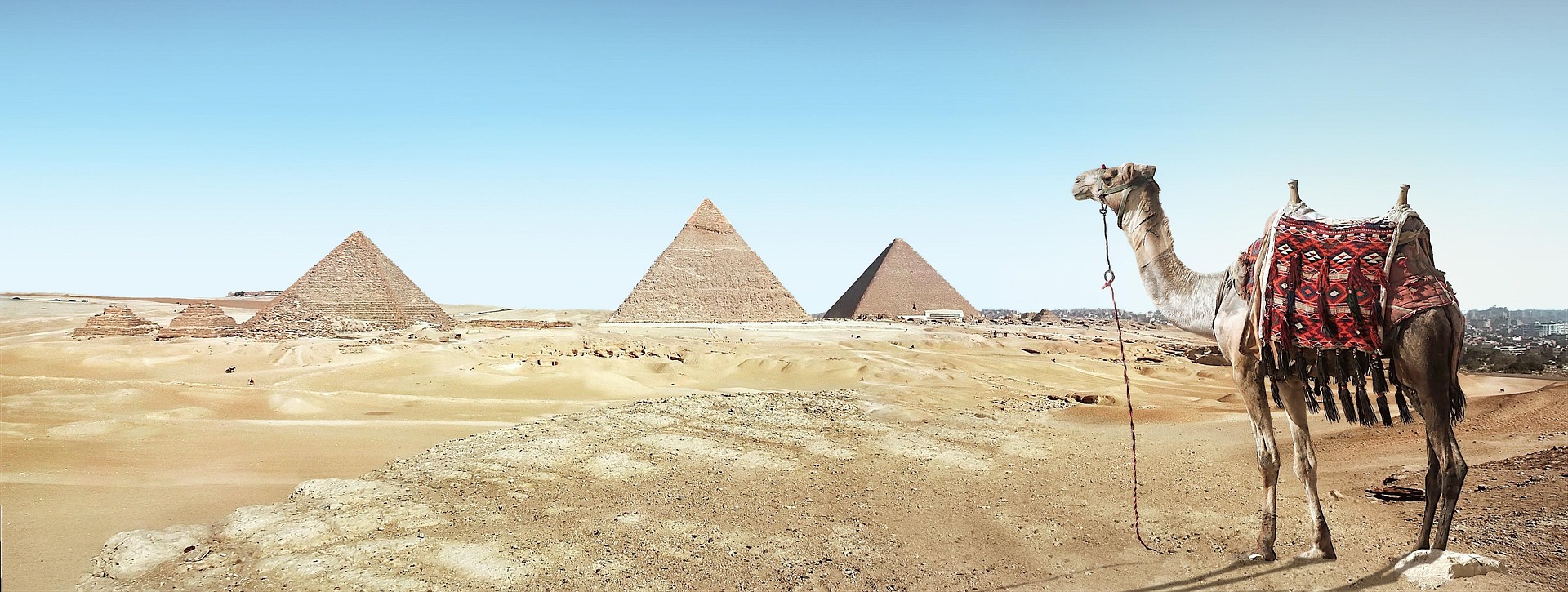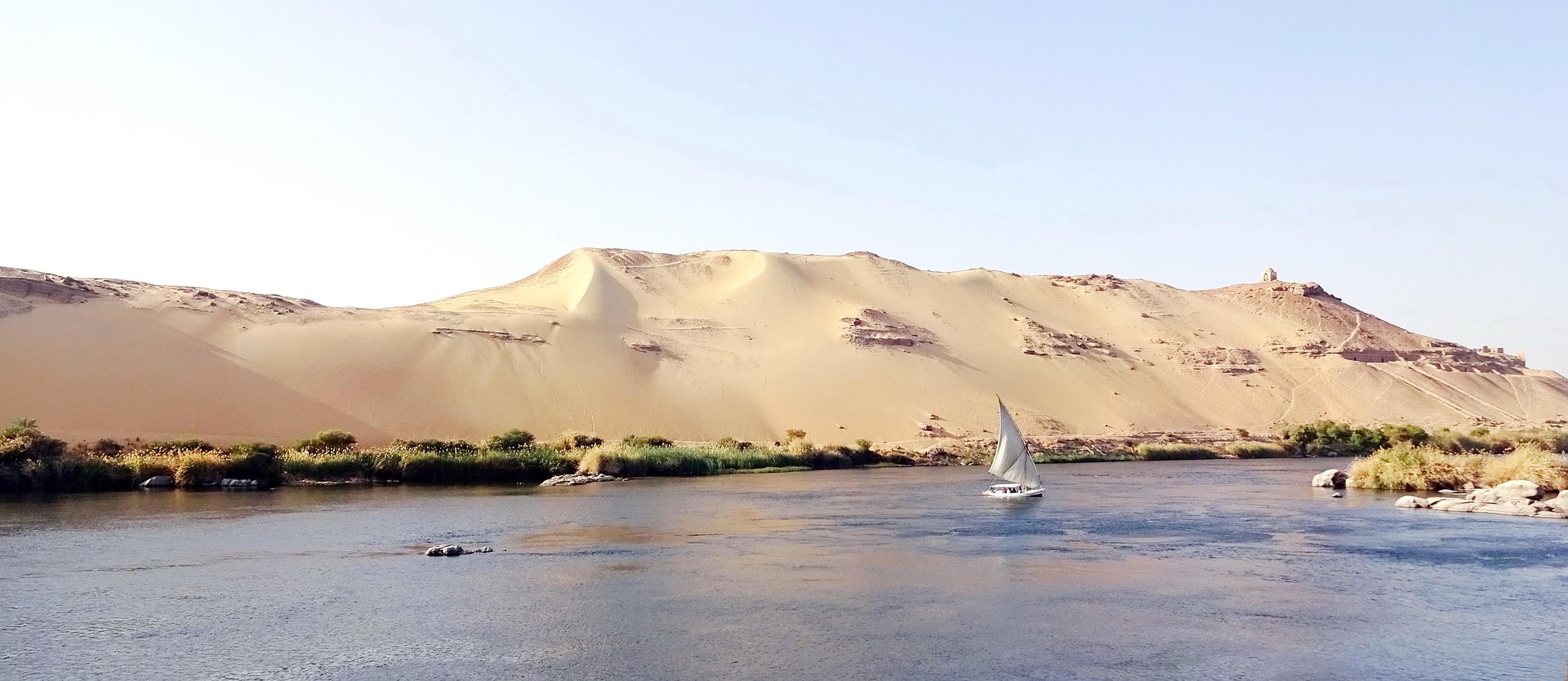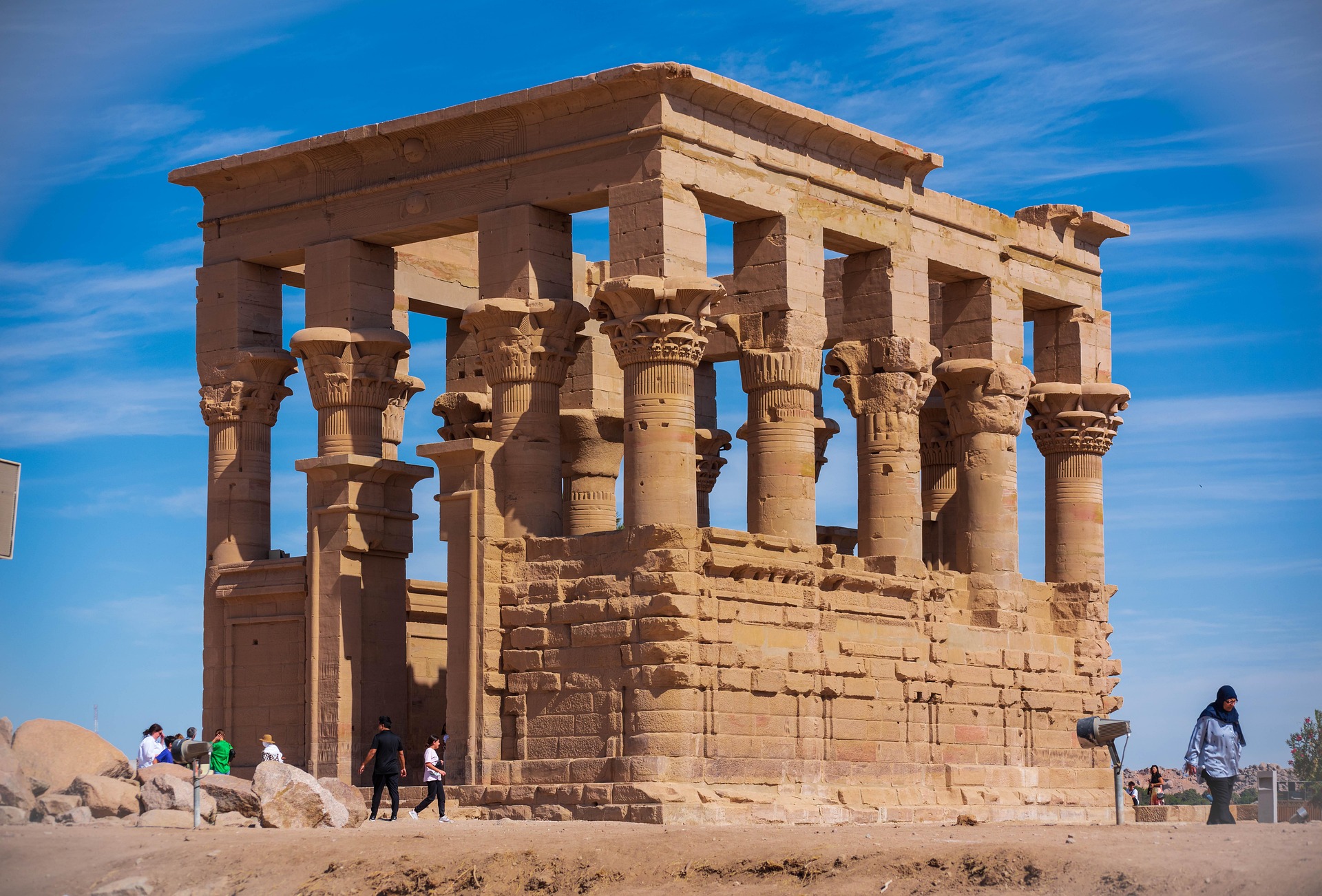Egypt stands as one of the world's most mesmerizing travel destinations, drawing millions of visitors annually to witness the remnants of one of humanity's greatest civilizations. Whether you're a history enthusiast, adventure seeker, or cultural explorer, Egypt offers an extraordinary tapestry of experiences that connect you directly to millennia of human achievement and natural beauty.
Chapter 1: The Eternal Pyramids - Standing Before Ancient Miracles
The Great Pyramids of Giza represent humanity's most ambitious architectural endeavors. Built as eternal resting places for pharaohs, these monuments continue to astonish visitors with their scale, precision, and incomprehensible construction without modern machinery. The three main pyramids—Khufu, Khafre, and Menkaure—each tell unique stories of royal power and engineering mastery.
When visiting the pyramids, arrive early in the morning to avoid crowds and experience the spiritual ambiance of these ancient structures. The temperature during midday can be oppressive, and the constant stream of tourists diminishes the contemplative experience. Many visitors underestimate the physical demands of exploring the pyramid complexes; wear comfortable walking shoes and bring plenty of water.
The Great Sphinx, guardian of these monumental tombs, presents one of archaeology's enduring mysteries. This limestone colossus with the body of a lion and the head of a human pharaoh has fascinated researchers for centuries. Its original purpose and the timeline of its construction remain subjects of scholarly debate, adding to its mystique.
Chapter 2: Cairo - The Heart of Egypt's Modern and Ancient Worlds
Cairo pulses with an energy unlike any other Middle Eastern metropolis. Home to over 20 million people, this sprawling city seamlessly blends Islamic architecture, colonial heritage, and contemporary urban development. The contrast between ancient mosques and modern shopping centers, traditional bazaars and international restaurants, creates a uniquely dynamic atmosphere.
The Egyptian Museum houses one of the world's most comprehensive collections of ancient artifacts. The treasures of Tutankhamun draw the largest crowds, but the museum's entire collection—spanning statuary, papyri, jewelry, and daily objects—provides invaluable context for understanding ancient Egyptian society. The museum underwent recent renovations to improve visitor experience and preservation conditions.
Islamic Cairo presents a different historical narrative. The medieval quarters, dating back to the 10th century, feature architectural styles evolved through Ottoman, Mamluk, and Arab influences. Mosques like the stunning Muhammad Ali Mosque and the historic Al-Azhar Mosque showcase incredible geometric patterns, intricate calligraphy, and towering minarets. Walking through these neighborhoods provides intimate glimpses into Egyptian daily life, local craftsmanship, and centuries-old trade traditions.
Chapter 3: The Nile - Egypt's Lifeblood and Your Gateway to Discovery
The Nile River represents far more than a geographical feature; it's the arterial system of Egyptian civilization. Every major city, temple, and settlement in Egypt developed along its banks, and today it remains the primary route for experiencing the country's cultural landscape.
Felucca sailing offers an authentically Egyptian experience distinct from motorized cruises. These traditional wooden sailboats, using designs unchanged for centuries, carry you silently through water while local boatmen demonstrate remarkable skill navigating with minimal effort. Evening felucca rides provide spectacular views of Cairo's transformed skyline and opportunities for meaningful conversations with crew members who often share family histories spanning generations.
Larger Nile cruise ships cater to visitors seeking comfort and comprehensive itineraries covering multiple destinations. These floating hotels typically operate between Aswan and Luxor, offering guided excursions to major temples and archaeological sites. While more expensive than independent travel, cruises provide security, guaranteed access to major sites, and relief from arranging complex logistics.
Chapter 4: Luxor - Egypt's Open-Air Museum
Luxor occupies the site of ancient Thebes, once Egypt's most powerful city and capital during the New Kingdom period. The concentration of temples, tombs, and archaeological sites makes it arguably the most important destination for history-focused travelers.
The Valley of the Kings houses the rock-cut tombs of pharaohs and nobility from the 18th through 20th dynasties. These underground chambers, carved directly into mountainous cliffs, feature elaborate wall paintings depicting religious scenes, daily activities, and passages guiding souls through the afterlife. The famous tomb of Tutankhamun, discovered by Howard Carter in 1922, continues to captivate archaeologists and visitors alike.

The Karnak Temple Complex sprawls across an enormous area, representing the accumulated contributions of multiple dynasties. Walking through its columned halls, past colossal statues, beneath towering obelisks, and around sacred lakes transports you directly into ancient religious practice. The Hypostyle Hall alone features 134 columns arranged in 16 rows, creating one of antiquity's most impressive interior spaces.
Luxor Temple sits in the city center and presents a different character than the sprawling Karnak complex. Built primarily by Amenhotep III and later modified by Ramesses II, this temple offers a more intimate experience of ancient architecture. The colossal statues at its entrance remain among Egypt's most recognizable images.
Chapter 5: Aswan - Gateway to Nubia and Southern Egypt
Aswan represents the southern frontier of ancient Egypt, serving as a crucial trading post connecting the Mediterranean world with sub-Saharan Africa. This riverside city combines archaeological significance with natural beauty and practical advantages for travelers.
The Aswan High Dam transformed the region during the 1960s, creating Lake Nasser and fundamentally altering the landscape. While controversial among preservationists due to its impact on ancient sites, the dam provides hydroelectric power essential to modern Egypt. The adjacent visitor center explains the engineering achievement and regional historical context.
Philae Temple, dedicated to the goddess Isis, was relocated in the 1970s to escape flooding caused by Lake Nasser. This remarkable archaeological salvage operation preserved one of Egypt's most beautiful temples, which features well-preserved reliefs, accessible chambers, and a mystical lakeside setting. The temple remains accessible only by motorboat, adding to its sense of remoteness and exclusivity.
Nubian villages surround Aswan, offering opportunities to experience contemporary Egyptian culture beyond tourist circuits. Nubian people maintain distinct traditions, architectural styles featuring painted houses in vibrant colors, and unique cuisine. Many organized tours include village visits, Nubian museum explorations, and opportunities to meet local families in their homes.
Chapter 6: The Red Sea - Egypt's Beach Frontier
While Egypt's reputation rests primarily on ancient monuments, its Red Sea coast offers an entirely different dimension of travel experience. Towns like Hurghada and Sharm el-Sheikh provide world-class diving, snorkeling, and beach relaxation.
The Red Sea contains some of Earth's most biodiverse coral reef systems. Divers encounter enormous schools of fish, sea turtles, rays, and occasionally larger pelagic species. The water clarity and year-round warm temperatures make the Red Sea accessible to divers of all experience levels. Numerous dive operators offer courses, guided dives, and liveaboard trips exploring different reef systems.
Beyond diving, the Red Sea resorts provide comfortable bases for relaxing between cultural excursions. Visitors often combine Nile-based historical exploration with Red Sea beach time, creating balanced itineraries addressing multiple travel interests.
Chapter 7: Practical Wisdom for Egyptian Travel
Timing Your Visit: October through March provides ideal weather with comfortable temperatures and minimal rainfall. Summer months are brutally hot, with temperatures exceeding 45°C (113°F) in inland areas. Spring brings sand storms that can limit visibility and outdoor activities.
Transportation: Domestic flights connect major cities efficiently, though buses and trains offer more budget-friendly alternatives with greater opportunities for people-watching and authentic experiences. Taxis and ride-sharing apps operate in cities; negotiating prices beforehand prevents misunderstandings with traditional taxis.
Cultural Considerations: Egypt is predominantly Muslim, and visitors should respect local customs regarding modest dress, particularly outside tourist areas. Ramadan significantly impacts business hours and social rhythms; traveling during this holy month requires flexibility, though it offers unique cultural insights.
Currency and Costs: Egypt remains remarkably affordable for international travelers. Accommodation, meals, and tours cost significantly less than comparable experiences in Europe or North America. Carrying a mix of cash and cards provides flexibility; many rural areas operate primarily on cash.
Health Precautions: Consult healthcare providers before traveling regarding vaccinations. Tap water in major cities is generally treated, but bottled water remains the safer choice. Travel insurance covering medical evacuation is strongly recommended given limited healthcare facilities in remote areas.
Language: Arabic is the official language, with Egyptian dialect differing from Modern Standard Arabic. English is widely spoken in tourism sectors, but learning basic phrases demonstrates respect and facilitates meaningful interactions with locals.
Chapter 8: Beyond the Main Circuit - Hidden Gems for Adventurous Travelers
While the pyramids, Luxor, and Aswan form the standard tourist route, Egypt offers remarkable destinations for those seeking less-traveled paths.
Siwa Oasis sits deep in the Western Desert, an isolated settlement existing as an island of civilization in vast sandy expanses. The journey to Siwa requires dedication, but visitors discover a distinctive culture, ancient temple ruins, and spiritual solitude unavailable on mainstream routes.
The Temple of Abydos contains some of Egypt's finest surviving hieroglyphic inscriptions and temple architecture. Located north of Luxor, this site often receives fewer visitors than major attractions but rivals them in archaeological significance and visual beauty. The temple's original colorful decorations remain partially visible, offering rare glimpses into ancient temples' original appearance.
White Desert National Park offers extraordinary geological formations and opportunities for desert camping under star-filled skies. The otherworldly landscape, shaped by wind erosion over millennia, creates an experience entirely distinct from Egypt's river-based tourism infrastructure.
Conclusion: Egypt's Eternal Appeal
Egypt transcends conventional tourism. Visiting these ancient monuments connects you not merely to history but to fundamental human impulses—the desire to leave lasting marks, to honor the dead, to commune with the divine, and to build structures reflecting our civilization's achievements. The Nile continues flowing much as it did five millennia ago, the pyramids still stand against the desert, and the cultures along its banks maintain practices spanning centuries.
Whether you spend two weeks systematically following the classic route or months exploring remote regions, Egypt offers revelations matching any travel destination worldwide. Plan thoroughly, remain flexible, engage respectfully with local communities, and allow yourself to be transformed by this extraordinary land where human civilization first flourished and continues to thrive against all odds.
The monuments of Egypt are not merely relics of the past—they represent a conversation across millennia, inviting contemporary travelers to contemplate humanity's remarkable capacity for vision, perseverance, and creation.







